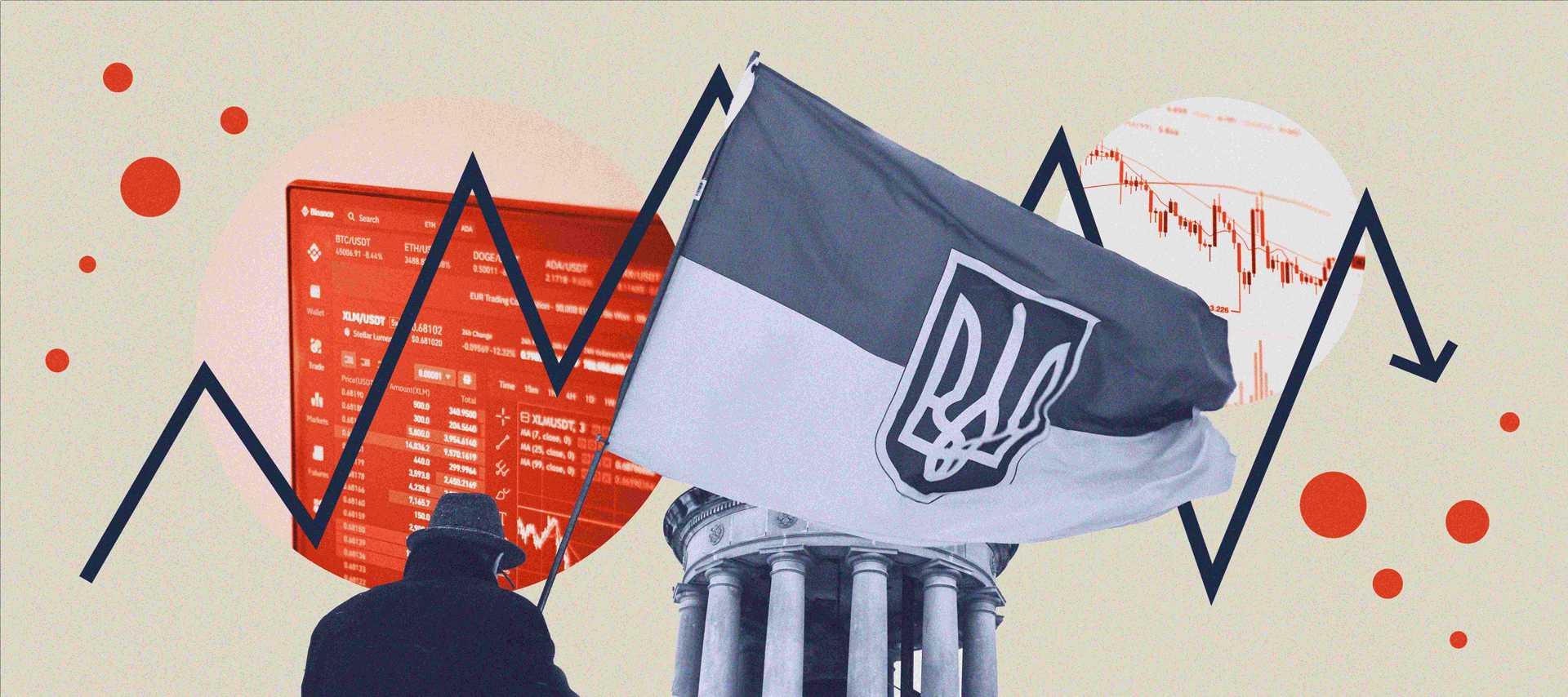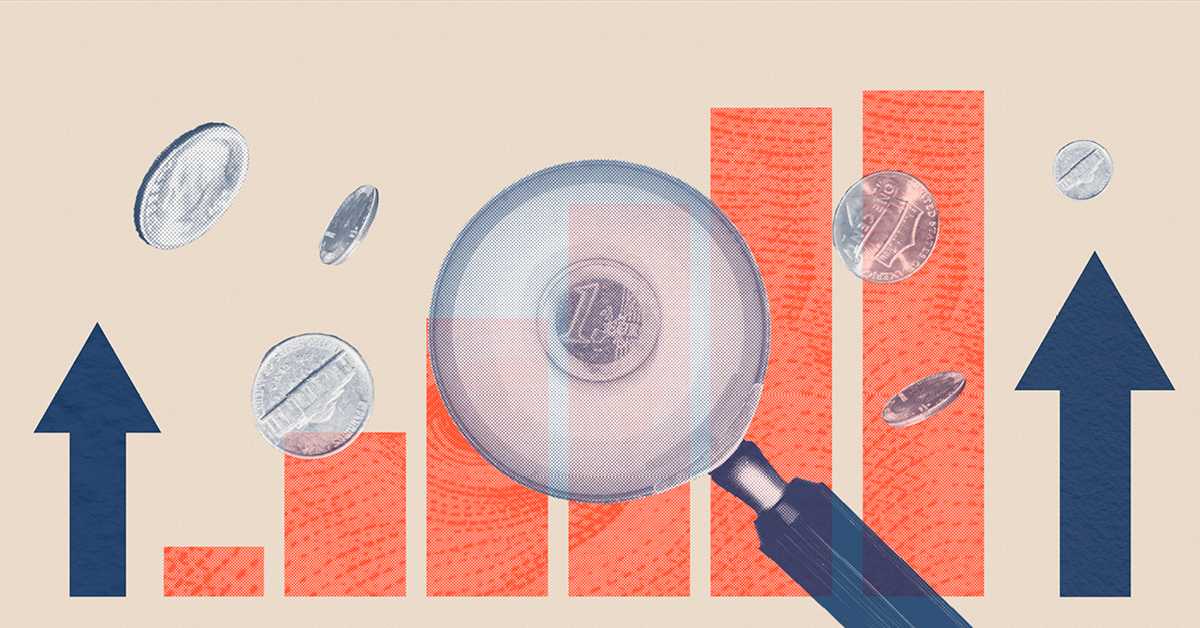The Russian Invasion Of Ukraine Has Impacted Many Markets
The news has quite rightly been dominated in the past few weeks by the war in Ukraine. Beyond the devastating human impact there is also a huge economic cost that is impacting markets across the world.
There has been a lot of focus on oil and gas prices, but the volatility has been felt across all market sectors. Energy prices have reached all time highs and, with Russia and Ukraine supplying almost a third of the world’s wheat exports, prices have soared. LME futures have also been rising, in particular Aluminium, Zinc and Nickel, with the latter being suspended from trading because of the high volatility and supply issues.
Meanwhile, on the equity markets, indexes across the world have taken a hit, whilst the closure of the Moscow stock exchange has seen the delisting of many related derivative products. FX markets have been similarly impacted, with the Ruble in freefall and the suspension of some contracts.
And the price rises in such fundamental commodities is helping to drive up inflation, which was already high based on the recovery from the COVID pandemic. This will likely put pressure on interest rates with markets pricing in rises in the near future.
So what has the impact been on margins? There have been many reports of firms facing huge increases in requirements that they have found it difficult to pay, with many seeking alternative sources of financing including approaching central banks for liquidity support. These increases have mainly impacted the commodity firms, but they are not the only ones as the examples below demonstrate.
Energy Markets
On ICE, the margin rate for Brent Crude rose as the underlying price increased. When the price hit peaks of over $130 per barrel the margin stood at $7,600 per lot, or a rate of around 6%. This compares favourably with a year ago when the margin rate was $5030, but the price was around $70 per barrel, giving a rate of around 7%.
However, this rate was never going to be enough and with the price still volatile there have been a number of observed breaches. This has led ICE to have to increase their parameters again with the margin rate now standing at $10,030 per lot. And with the Brent Crude price hovering around $100 this means that the margin is now around 10%.
The CME margin rate is even higher at $12,500 per lot. However, with the rate of change at the moment it is entirely possible that ICE will also soon hit this level, especially as both are essentially conducting the same analysis to determine the rates. This also highlights the fact that once any move occurs from SPAN to VaR, this additional volatility will immediately be reflected in margin requirements rather than waiting for the parameters to be reviewed.
Similar sharp rises in margin have been observed in the Natural Gas markets. Prices have tripled in the past month, hitting an all time high of around €345 per therm before dropping back. In the same period the margin on EEX/ECC. The same is true for ICE where the margin on Dutch Gas rose by 38% on the 9th March. This followed a 36% rise on the 4th March, so again a doubling of margin in less than a week. But although these are large rises in absolute terms they are actually a reduction in relative terms.
Agricultural Commodities
Between them, Russia and Ukraine grow about 14% of the world’s wheat and are responsible for about 28% of global exports. So it is easy to see how this will have impacted prices and hence margins.
There have been increases in margin requirements for all sources of wheat. Surprisingly the largest has been on UK Wheat, with ICE increasing their margin by 50%. However, on CME the increases have been lower, with Ukraine Wheat rising from $950 up to $1,100 on 9th March (an increase of 16%), and Black Sea Wheat going from $1,100 to $1,400 on 2nd March (an increase of 27%).
However, unlike the Energy markets where all products have been impacted, the same is not true for Agricultural commodities. Margin has actually reduced on sugar, coffee and cocoa – so it’s not all bad news, especially those who like a Mocha.
Metals
Metal markets have been significantly affected. The biggest impact has been on Nickel, vital in the production of stainless steel and electric vehicle batteries, where prices doubled in a matter of hours.
LME has suspended trading in Nickel and stopped publishing official prices. At the same time, existing positions are being rolled forward until it is possible for delivery to be effected. This action means that traders will continue to be margined on their existing positions with no ability to close out the risk.
If that wasn’t enough, there have also been significant increases in margin requirements. This time last year the margin rate was $1,270 per tonne. Until recently the rate had been at the slightly higher level of $2,250, but now it has been raised again to $4,808. That’s a 4-fold increase over the year.
Equities
The main impact on equities has been the delisting of derivatives rather than margins. Although the markets have been volatile, prices have been dropping so the same margin rates are now giving a higher percentage coverage. In fact, for some shares that have been really badly hit the margin rates have been significantly reduced, sometimes by around 100%.
All the major CCPs have ceased trading in derivatives based on Russian securities and cashed out existing positions. At the same time, a number of major index providers have announced the removal of these same securities from their indices.
Although the majority of firms will have seen a reduction in margins, either because of lower rates or the reductions in positions, some may find their requirements increasing because of the removal of hedges from the closed out positions.
Fixed Income
3 month Euro up to 660 from 455 at start of February.
The increases in commodity prices are all driving inflation. By considering a loaf of bread you can see how the effects build up:
- Wheat and fuel prices are all going up.
- Increases in wheat prices will directly impact the overall cost of raw ingredients in the loaf.
- Fertiliser prices are also impacted because of issues with the supply of potash and the cost of the fuel required to produce it. This will put further pressure on the cost of raw ingredients.
- Energy price rises will impact the cost of transporting wheat to flour mills and on to the bakers, the fuel for baking the bread and then the diesel for delivering the bread to the shops.
- This combination of price increases will lead to an inevitable rise in the cost of a loaf of bread.
And the way that governments and central banks try to control inflation is by raising interest rates. If they haven’t done so already, the markets are predicting rate increases across all the major currencies in the near future.
The uncertainty over how bad inflation will get and the impact this will have on interest rates means that the CCPs have been forced to increase their margin rates. For example, the margin on a 3 Month Euro contract has increased recently from €455 to €660 – a 45% increase.
Conclusion
The Russian invasion of Ukraine has had a significant impact on derivatives. This has been across all markets, but it is the Energy market that has been hit the most because of the dependence on Russian oil and gas.
The absolute margin paid per lot on many products has increased by around 50%, although the relative margin rate actually reduced at some points when prices hit their peak. However, as prices have dropped back down, margin rates have remained high as CCPs have caught up with the volatility and the series of margin breaches that have occurred.
Now margins are higher as a percentage of contract value, and with prices still being high this is leading to high margin requirements. Some firms are finding it difficult to fund this and are looking for assistance from central banks. The worry is that there will be a default that would disrupt the market even further.




